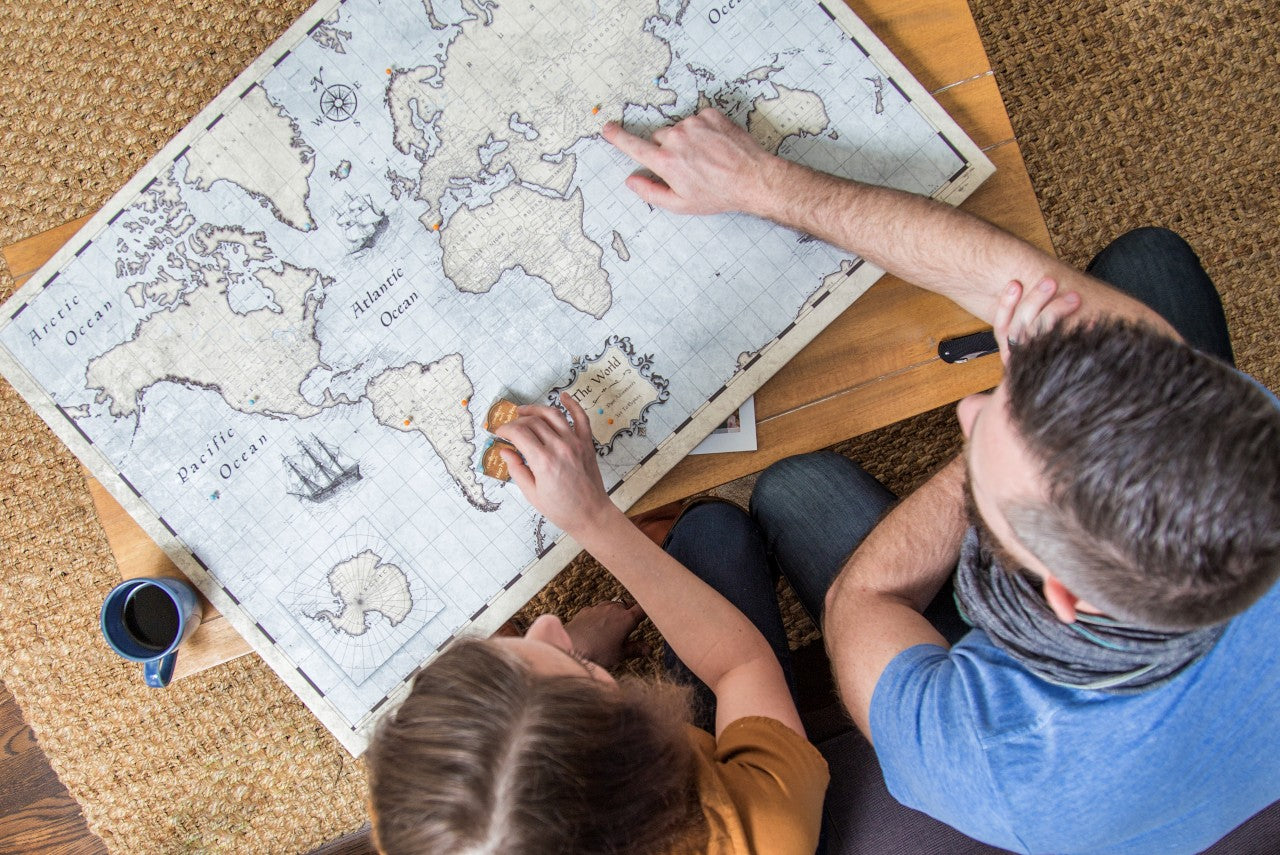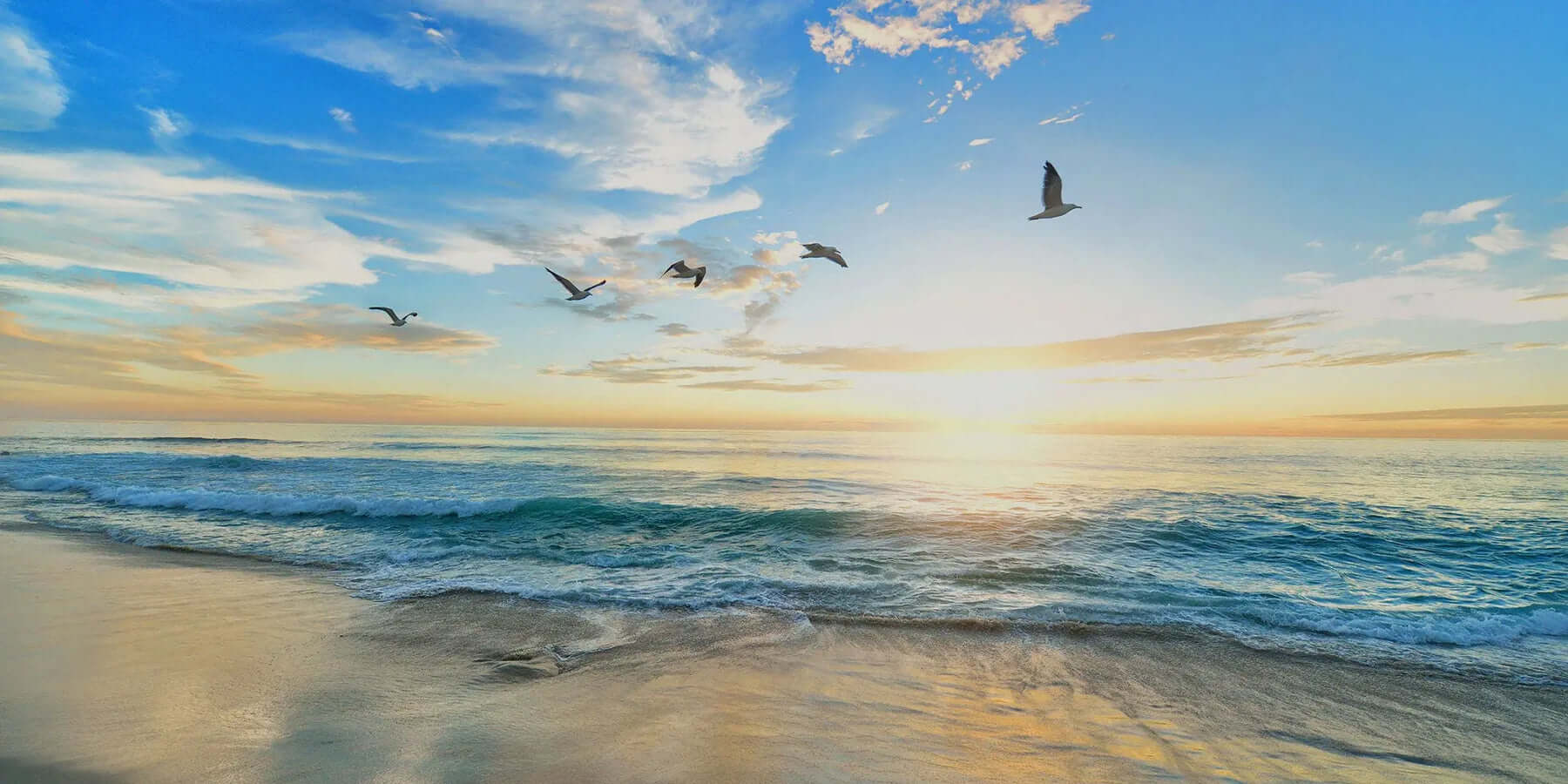Planning for trips...you either love it or you hate it!
Some travelers enjoy the process of planning out a trip just as much as the actual adventure itself (hey, it’s all about the journey, not the destination, right?). Whereas others get an intense feeling of dread about the mere thought of planning something so major (“are we there yet??”).
No matter which side you land on, having an itinerary of some kind is important to keep organized and maximize what you are able to see and do on your trip. And as they say, failure to plan is planning to fail. But there are simple methods of planning that allow you to leave room for flexibility and fun too!
Whether you’re planning a long weekend getaway, a 15 day road trip or a 6 month journey around the world, these tips will all be relevant. Let’s get started:
1. Establish a budget
First things first, it’s important to decide how much money you are willing to spend on this trip. That depends on both your destination and your travel style. Are you more of a luxury level traveler or do you need to stick to more budget-friendly options?
For example, when visiting Europe, you could visit a Western European city such as Paris and spend 2-3x as much as visiting an Eastern European city such as Prague. You could spend a lot of money on four star restaurants and five star hotels or stick with local favorites and Airbnbs or hostels.
Once you set a rough budget, you can estimate what your expenses will be and then adjust your plans accordingly to fit the budget. Major expenses to consider include airfare, transportation, accomodations, entertainment, food, and more.
If you want to dig deeper on this topic, we offer tons of valuable money saving tips on airfare and accommodation here, as well as some great budgeting help here.
2. Choose a destination
Next up, you have to know where you are going! Revisit your Bucket List top 3 to help you decide on the destination you are itching to visit most.
If you plan to travel at a specific time of year, this may affect your choice. It’s a good idea to take advantage of these sweet spots that aren't peak tourist season. It is not always ideal weather during these times, but you’ll enjoy smaller crowds and lower prices on flights and accommodations. USTravelNews has great recommendations on the best time to visit tons of destinations around the world.
3. Decide on the length of your trip
If you follow our guide to prioritizing travel, you will be able to set aside the time you need for a fulfilling trip… whether that’s a long weekend, a week, or longer. So take that PTO, hire that pet sitter, and get going!
4. Gather inspiration
One of the easiest ways to do this is to create a Pinterest vision board with photos and blog posts about your desired destination. This could be pins of city itineraries, where to stay, where to eat, budgeting, top must-dos in your destination, and more.
While reading travel blogs or surfing booking sites, use the Pinterest browser button to create a pin for it on your board and add it to your itinerary. This way, you can keep your relevant trip information and your pictures, restaurant recommendations, and activity suggestions in one place.
You can ask for advice and recommendations on your target destination in our Facebook community For The Love of Travel. It is also helpful to explore destination hashtags and geotags on Instagram related to your destinations to find the most picture-worthy spots and hidden gems.
5. Find affordable flights
Since airfare is typically the most expensive (and least flexible) part of your trip, you will want to book it as soon as possible. Reminder: If you can afford to be flexible with your travel dates, you can find cheaper airfares.
Don’t forget to search for flights in incognito mode so prices don’t jump on you and use your travel rewards if you have them!
Check out more money saving tips here.
6. Decide on your mode of transportation
It’s important to figure out how you will get around once you have arrived at your destination. Is everything walking distance? Do you need to rent a car? Are you roadtripping and already going to have a car with you? Will you take public transportation if it’s a city with a solid bus or train system? Or maybe rideshares like Lyft or Uber?
7. Outline your trip
A good spot to do this is on GoogleDocs so it is easily editable, shareable, and hosted on the cloud (so it’s available from any device you sign into). Make a list of all of the activities you want to do on your trip, including sights to see along the way, restaurants and local food to try, and potential photo ops with their addresses. Research local events and holidays for even more seasonal ideas.
Never lose sight of the fact that your trip is supposed to be an enjoyable experience, so don’t make your itinerary too rigid or plan every last detail down to the second. Factor in a free day or two that you can use to explore, rest, or use if something flops in your travel plans and needs rescheduled. Also, have a couple of Plan B options for each activity.
If you’re traveling with other people, be sure to get feedback and ideas from them as well so the itinerary fits everyone's interests.
8. Find your accommodations
Depending on your travel style, there are a bunch of accommodation options these days - something for every budget. Resorts are typically the luxurious and expensive way to go, with room service, all inclusive packages, pools and restaurants on site.
Hotels offer comfort and convenience with tons of amenities. Short term rentals like Airbnb offer a more personalized and unique experience and can be slightly more affordable than hotels.
Hostels are dorm-style rooms which range from $10-$100 depending on if you book a private or shared room. They can be fun for the social aspect and meeting new people.
And now for the cheapest options of all - FREE! Couchsurfing is where you can stay on a local’s couch or extra bedroom. A great way to meet new people and learn about other cultures! Homestays are similar but you get assigned to a host family and there is a small fee attached.
And lastly, housesitting allows you to connect with a homeowner whose house and/or pets need to be taken care of while they are away.
9. Organize your itinerary
It’s important to collect the key information for your trip all in one place and keep it handy. This includes flight numbers, hotels, car rentals, restaurant reservations and tour or activity confirmations. Record your check in times, confirmation numbers, hotel names, and any other information you might need. You also want to include directions to your hotel from the airport.
Digital is the way to go! If you really are set on good ol’ fashion pen & paper, that works too, but if done digitally you can store it on your mobile device for easy access. Plus you can have links to everything you need to access further info.
10. Pin it on GoogleMaps
GoogleMaps is a great tool to make a custom itinerary for several reasons. You can plan your trip efficiently by grouping activities together on your itinerary that are close in proximity on the map.
It’s a good idea to first break your map into categories before adding pins. Ideas include food and drink (or further broken down into restaurants, cafes, bars), accomodations, sites and activities, shopping, essentials (grocery stores, pharmacies) and more. You can then create a separate map layer for each category.
For each activity, estimate the length of time it will take to get there, and how long you will spend in the location. For each pin on your map you can see additional location information such as a website, phone number, address, reviews, and website when you add it to your custom map. You can also add your own extra details when planning in the notes of each pin.
You can then plan your driving route by creating a layer with directions. This way you know how much time and gas money each leg of the trip will be. Other customizations like categories, color coding, icons, etc. give you the ability to personalize your map and make it work best for your needs. Here is a quick tutorial on how to make the most of your GoogleMap.
If you are trip-planning for a group, you can easily share your custom map with friends and give them edit access to make it collaborative.
At the end of the day, don't forget to enjoy your trip and be adaptable! Having an itinerary and keeping organized will reduce your stress and allow you to live in the moment more, but it is not a binding contract. Flexibility and spontaneity are the spice of travel! Sometimes the most memorable experiences are the ones we didn’t plan for at all!
Now here's a quick quiz to see if you’ve been paying attention: What was the first thing we told you that you needed to figure out?
DING DING DING! It's choosing a destination!
And the best way to know where you plan to visit next is by pinning all of your "yet to explore" destinations up on a push pin map!
Which is where we come in. We provide personalized push pin maps so that you can keep your adventurous spirit alive with a visual reminder of all the places you can’t wait to visit! The excitement of changing a pin on your map from “yet to explore” to “past adventures” can’t be beat!
So what are you waiting for? Go grab your map and you will be on your way to traveling more and making the most of your time here on earth!









Share:
16 Pro Tips for Saving Tons of Money on Travel
Why Not Traveling Now Could be the Biggest Regret of Your Life